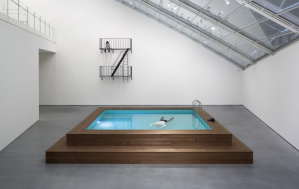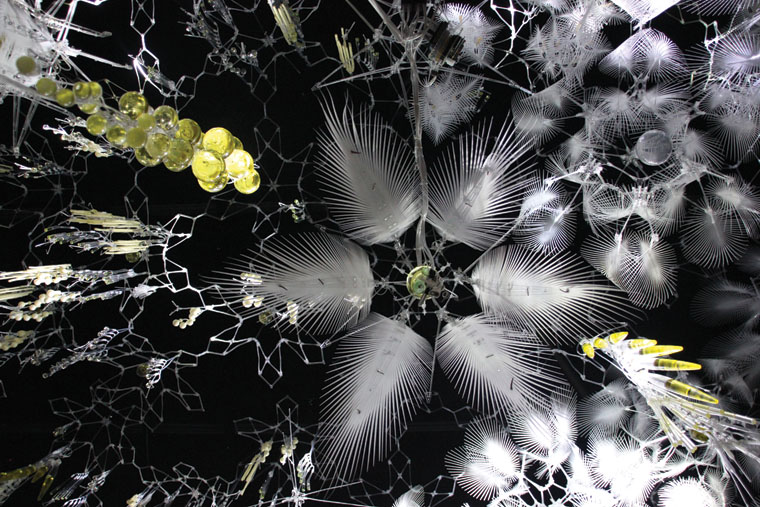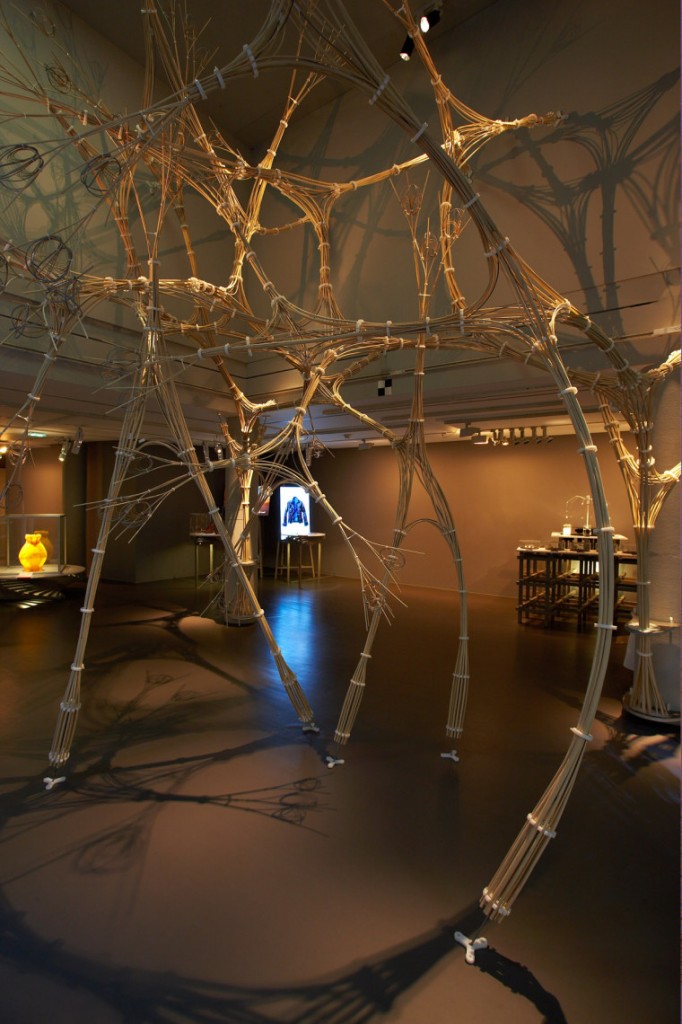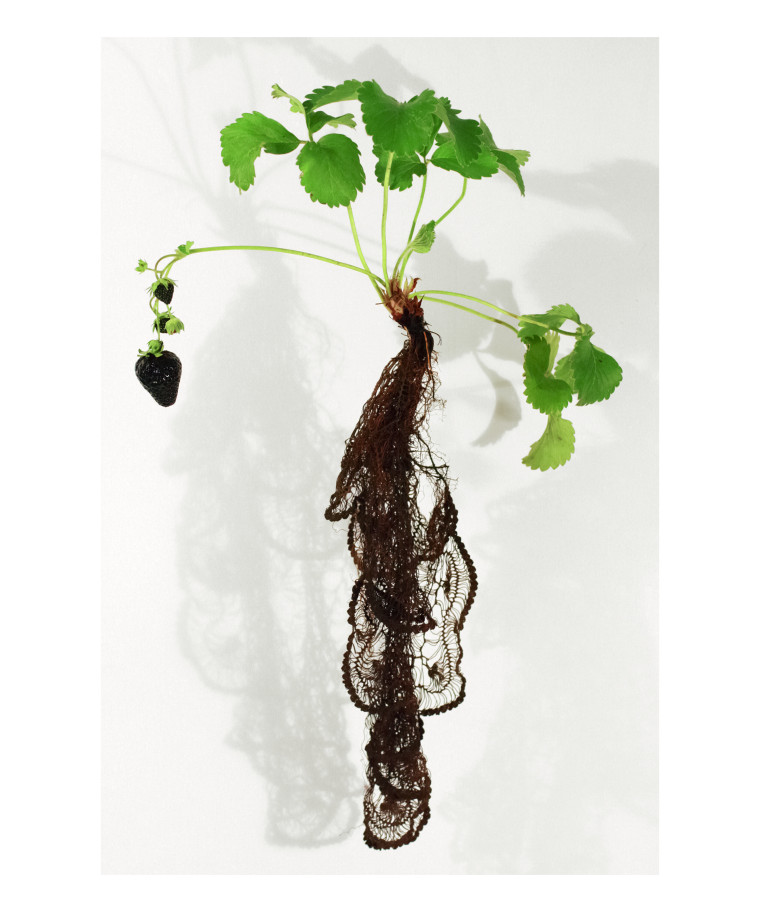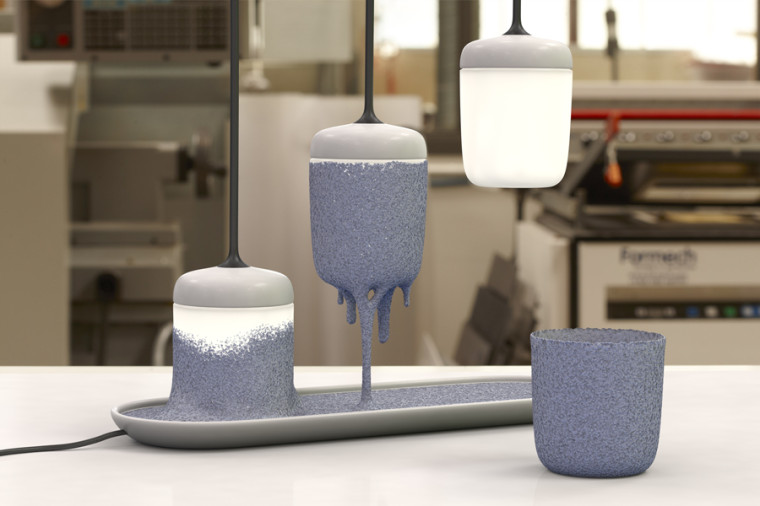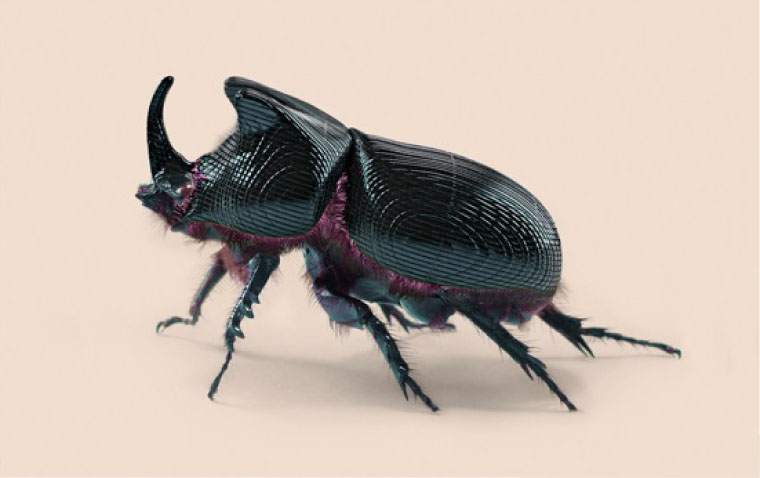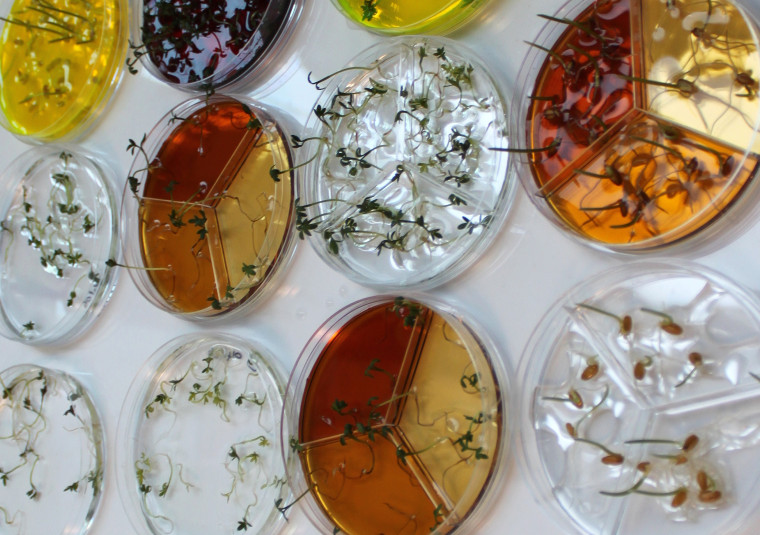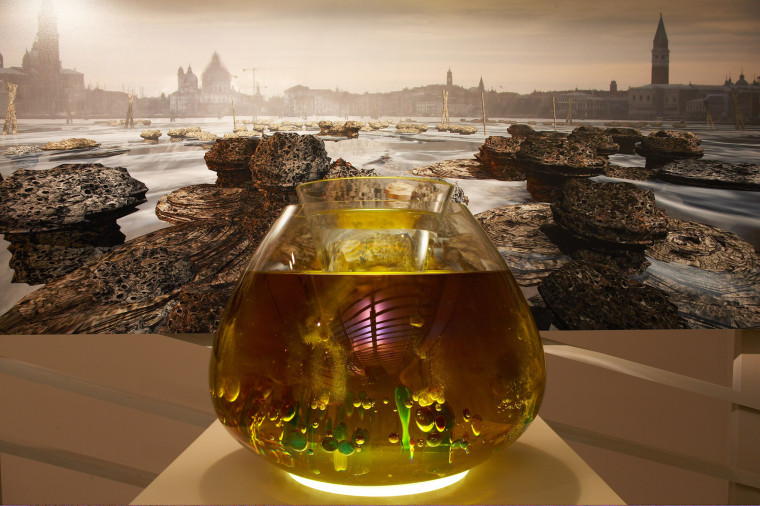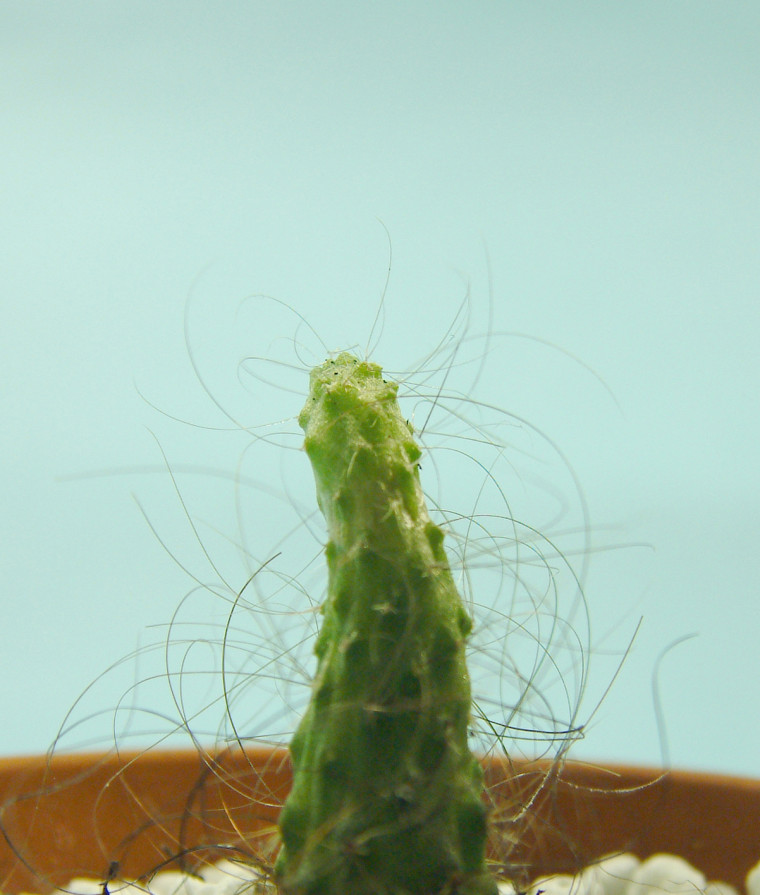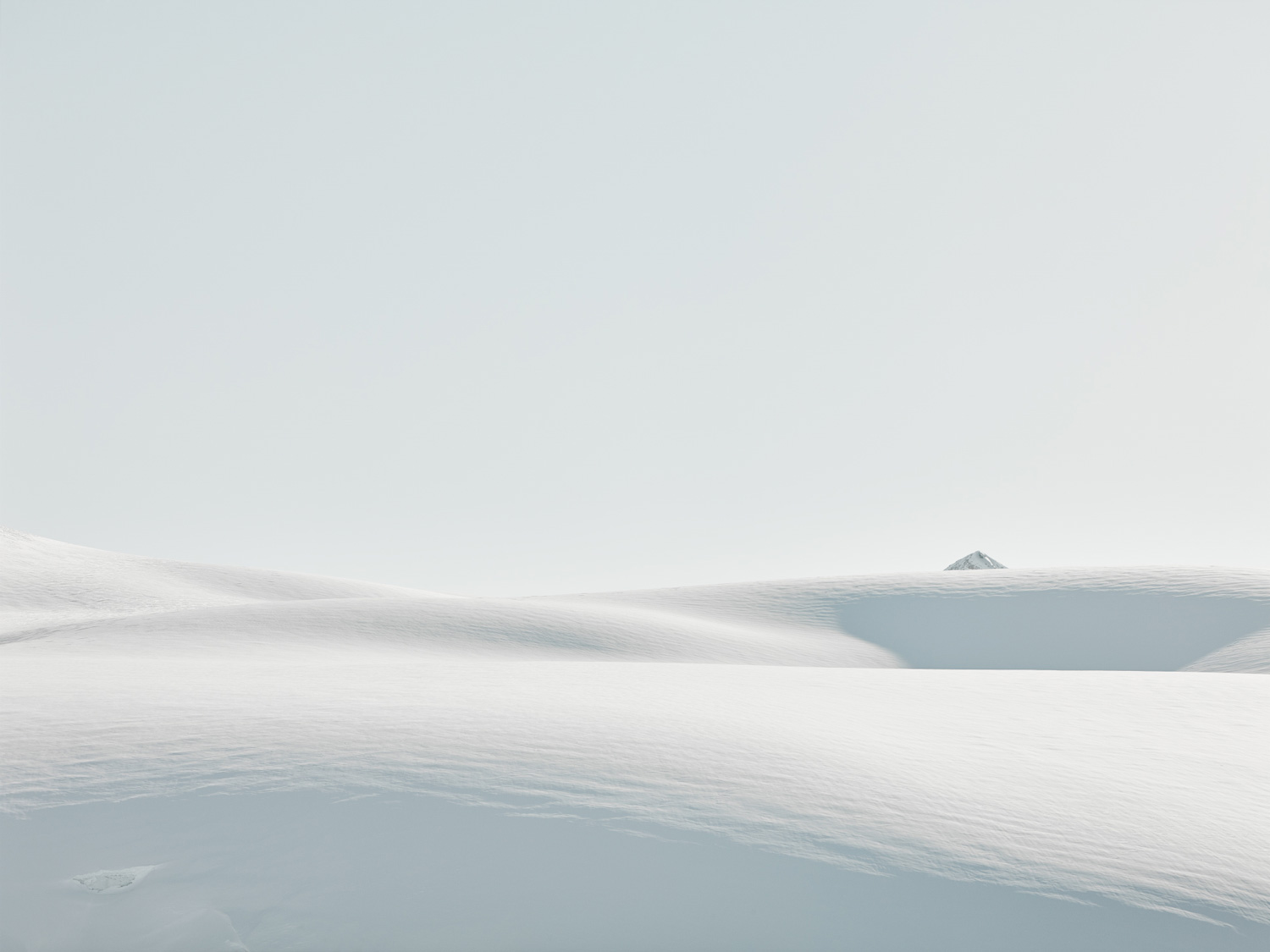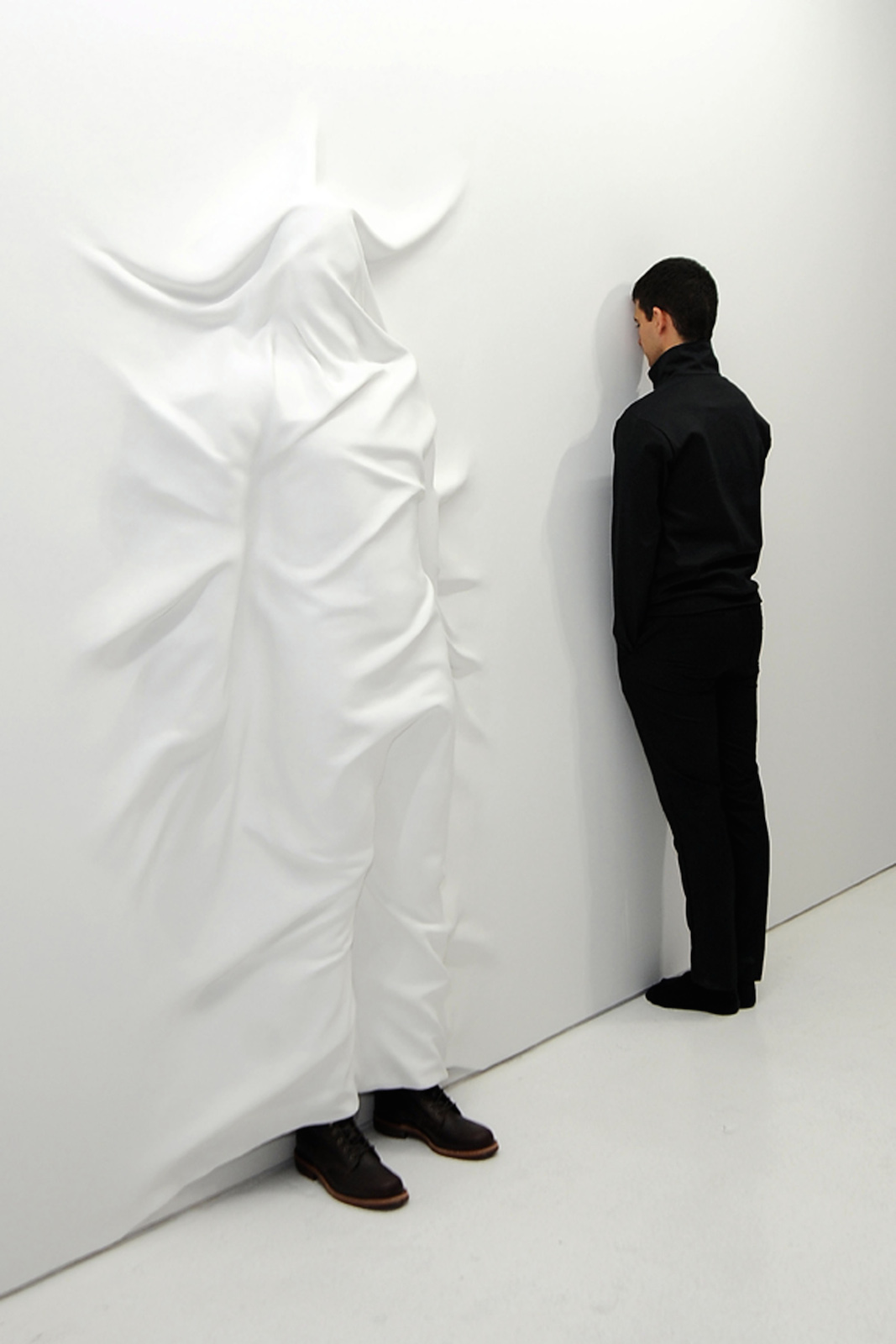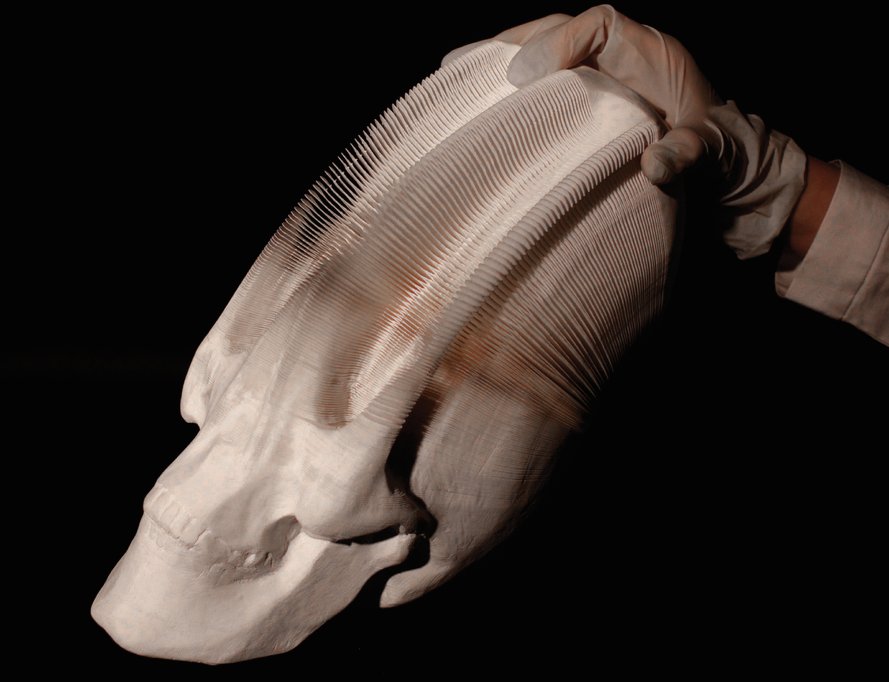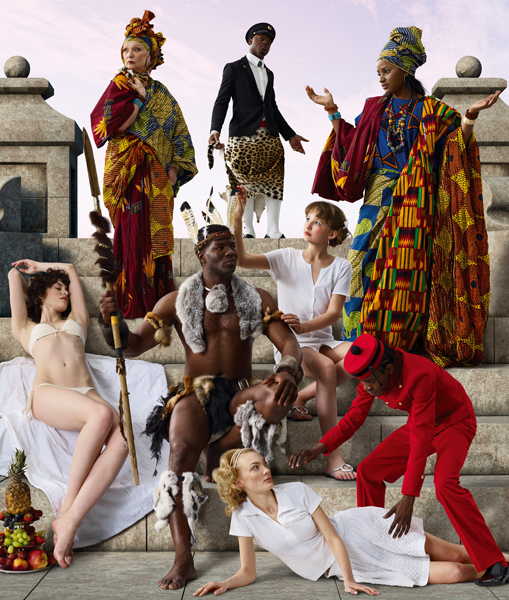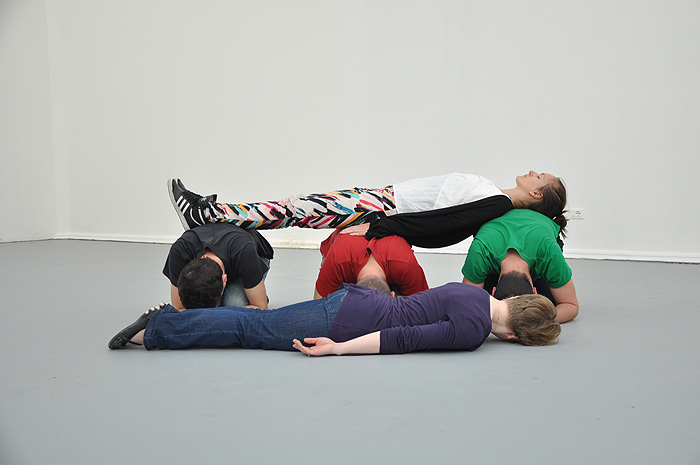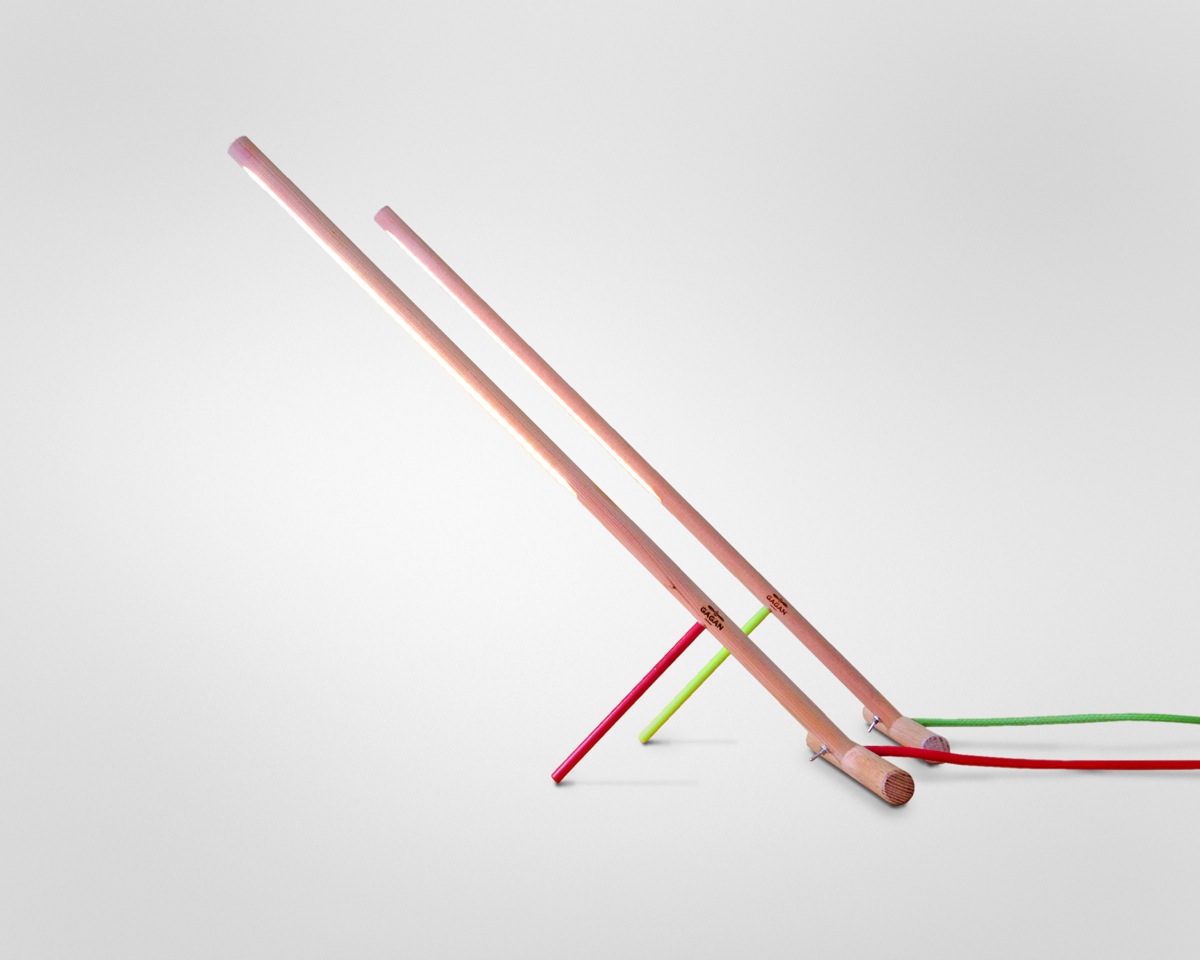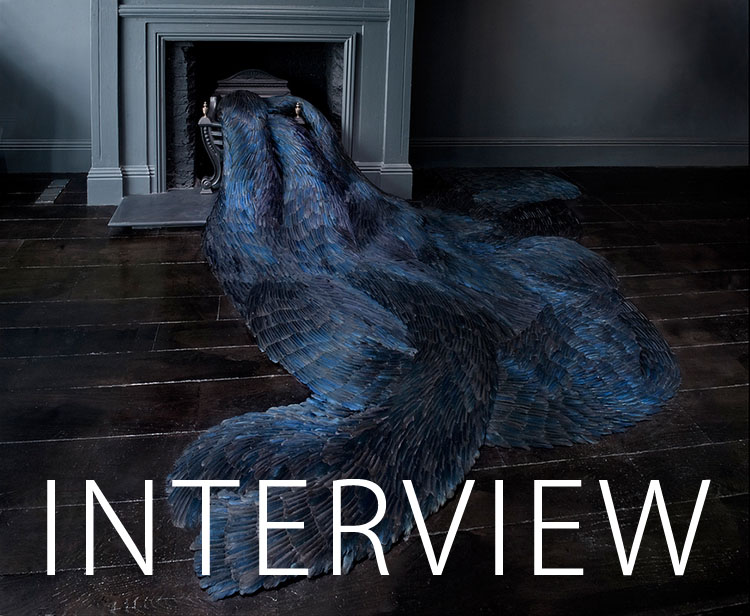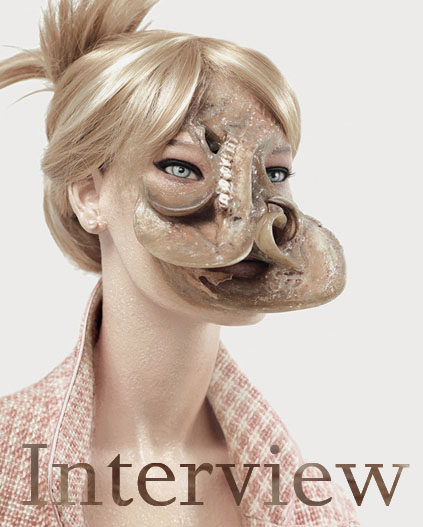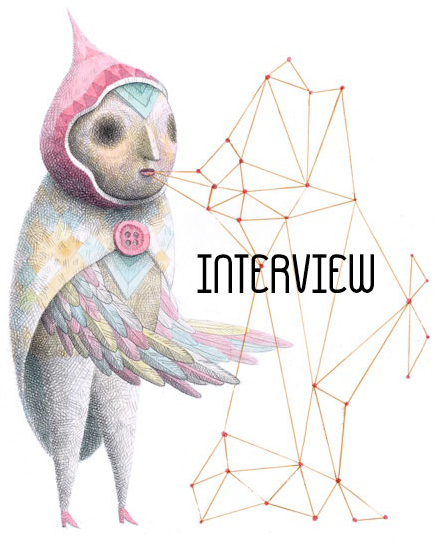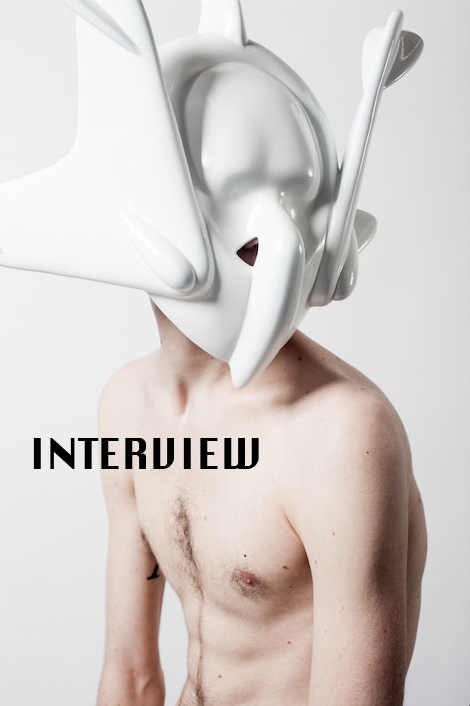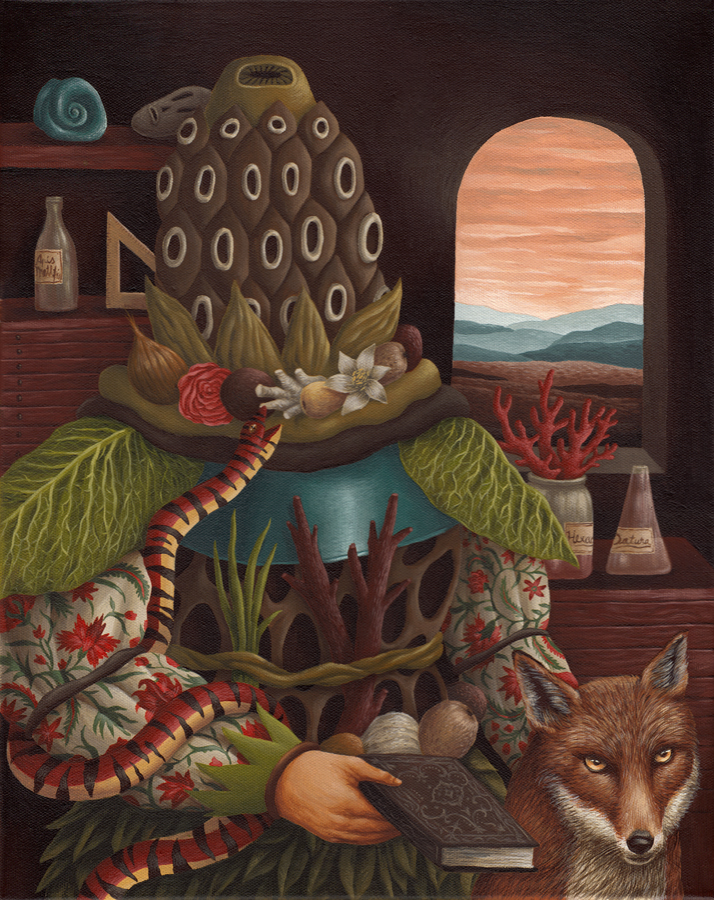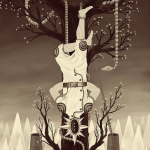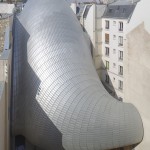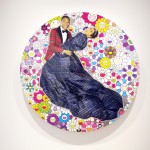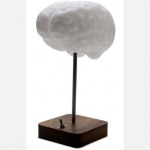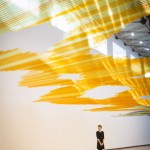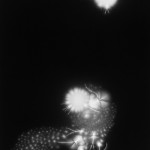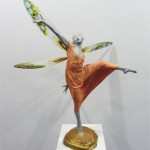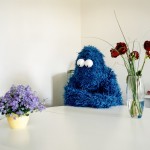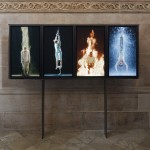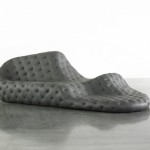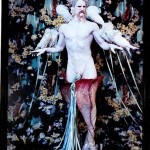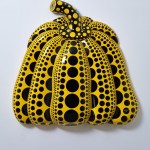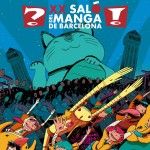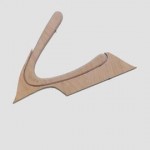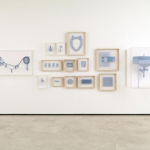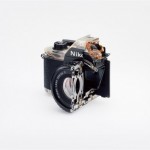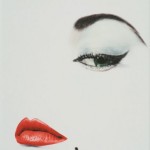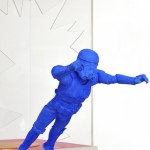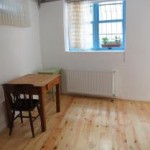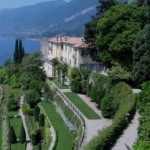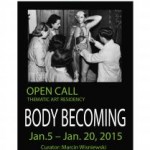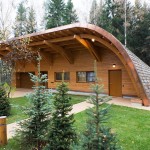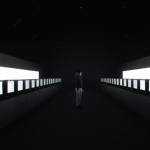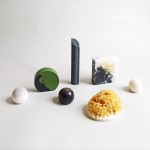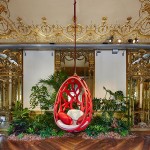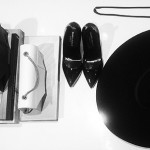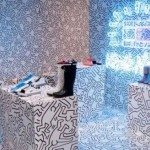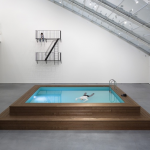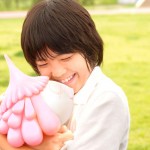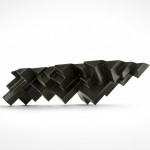INHALE is a cultural platform where artists are presented, where great projects are given credit and readers find inspiration. Think about Inhale as if it were a map: we can help you discover which are the must-see events all over the world, what is happening now in the artistic and cultural world as well as guide you through the latest designers’ products. Inhale interconnects domains that you are interested in, so that you will know all the events, places, galleries, studios that are a must-see. We have a 360 degree overview on art and culture and a passion to share.

This world is happening right now. Today, designers and artists have begun to either embrace or rebel against this bioengineered world and as a result, new design directions are beginning to emerge. The exhibition En Vie – Alive, presents a new design landscape, where fragments of a possible programmable ‘synthetic’ future are confronted with ‘natural’ alternative design perspectives. The quest for a different kind of ecological design models underpins the selection of projects, which range from potential sustainable solutions, to poetic interpretations and extreme provocations.
Created and imagined by leading designers, architects and artists, the work showcased here is decidedly different. These designers create and unravel a future hybrid world, where our everyday products and manufacturing tools will be ‘alive‘.
THE PLAGIARISTS
Nature as a model
Here we present designers and architects who look to nature for inspiring role models and new engineering solutions. They work with biomimicry principles, imitating processes or behaviour found in the natural world, but working with man-made and digital technologies.
PHILIP BEESLEY
Radiant Soil is composed of tens of thousands of lightweight digitally-fabricated components that are fitted with microprocessors. Custom-fabricated layers of polymer, stainless steel skeletons and glass vessels make a hovering, layered set of cloud-like filters. The shape-memory alloy actuators within these filters stir air and stimulate the growth of prototype cells and other chemical processes housed within glass vessels. Akin to breathing, delicate plumes of convective air move in response to visitors. Several different kinds of active liquid cells are integrated within glass flasks. These include protocells, organic power cells, storage vessels, and scent-lures. Protocells are prototype chemical cells that behave in ways that are similar to living cells. Organic power cells provide weak amounts of current in pulses like unconscious reflexes within a human nervous system. Masses of miniature vessels contain salt, sugar and oil solutions provide a humid soil-like layer. All together they contribute to create a ‘metabolic’ system in constant flux that filter the air.
CITA
The concept of ‘The Rise’ is the idea of a growing architecture. Like a bush the installation has its own internal growth patterns that guide the material in a highly distributed aggregation of modules that keep branching off and multiplying. The installation looks at distributed systems as an alternative to traditional structural systems. Where contemporary design approaches in architecture have difficulties in conceptualising complex systems, we grow a multitude of intersecting members that together create a structural network system. In this vision, architecture is not a static, formalist proposition – instead, it continuously adapts to the dynamics of its surroundings while growing into form.
THE NEW ARTISANS
Nature as a co-worker
These designers and architects collaborate with nature. They work with bees, fungi, bacteria, algae or plants and develop new techniques to grow and craft consumer goods. Here, design relates more to gardening and farming than to manufacturing.
SUZANNE LEE (ART DIRECTOR), LIZ CIOKAJLO-SQUIRE, AARON LAMPERT,THOMAS MAKRYNIOTIS
BioCouture is pioneering a biodesign and manufacture future for fashion, sportswear and luxury brands. Founded by Suzanne Lee in 2003, the BioCouture atelier has explored the use of living cultures of microorganisms (yeast and bacteria) to grow biomaterials like cellulose into sustainable, compostable clothing. BioCouture has recently evolved into a consultancy, building partnerships with emerging biomaterial producers to speculate and shape the future of grown consumer products.
The BioCouture atelier is currently investigating the use of living microorganisms to produce the world’s first ‘grown’ shoe. The ‘En Vie’ exhibition showcases the very first grown prototypes. The film, entitled ‘Shoe Factory Tour’, takes you on a journey around a future bio facility where custom shoes are designed and grown. In a world of increasingly stressed natural resources, environmental challenges and population growth we need to radically rethink what constitutes sustainable consumer products.
TOMÁŠ LIBERTÍNY
The work explores the possibilities of manipulation of nature, juxtaposes control with freedom, questions destiny and will.
It took 60,000 bees and two months to make Vessel #1. We called the process ‘slow prototyping’. Libertiny’s ‘collaboration’ with honey bees pushes the boundaries of conventional design by defying mass production and enabling nature to create what would typically be considered a man-made product.
The process starts by inserting a carefully engineered skeleton into a specially prepared hive. The slow building of the hive is monitored, and from time to time an intervention is made to help guide the construction of the honeycomb structure. The process could be compared to growing bonsai (Japanese miniature trees grown in containers).
THE BIO-HACKERS
Reprogrammed, ‘synthetic’ nature
These designers and artists work in collaboration with synthetic biologists or respond to cutting-edge scientific research in the field of extreme bioengineering. They imagine what the products and interfaces of the future could become with the use of engineered living organisms. Their ideas illustrate a possible future world.
CAROLE COLLET
‘Biolace’ is located in 2050, in a future where all grown food is ‘enhanced’ and where sustainable manufacturing is compulsory for an overpopulated planet. ‘Biolace’ proposes to use synthetic biology as an engineering technology to reprogram plants into multi-purpose factories. Imagine hydroponic organic greenhouses, where new species of plants would produce ‘augmented’ food at the same time as growing fabrics from their roots. Plants become living machines, simply needing sun and water to be operational. In such a scenario, we would harvest fruits and fabrics at the same time from the same plants.
WILL CAREY, ADAM REINECK (DESIGNERS), REID WILLIAMS, WENDELL LIM (SCIENTISTS)
We imagine an extreme probiotic drink that relies on bacteria to morph into a physical cup when exposed to a specific light wavelength. During shipping and storage, these light-moulded cups are ‘alive’ but remain dormant until water is poured inside, creating an effervescent, healthy drink. After several uses, the cup’s walls begin to degrade and it can be composted.
‘Packaging That Creates Its Contents’ helps people think about what the world would be like if packaging never created waste. Hotwiring what scientists are already doing with bacteria – responding to light, in this case – completely changes the concept of packaging. By imagining biodegradable, lightweight containers built from living materials that reanimate when filled with liquid, the project aims to provoke further design exploration of the potential of synthetic biology for industrial design and packaging applications.
VINCENT FOURNIER
The Post Natural History project is an encyclopedic archive caught between memory and an imagined future, where different living species are modified to better fit our environment as well as to adapt to new human desires.
At the beginning of the twenty-first century, genetic modification has taken two new paths.
The first is synthetic biology, which combines biology with engineering. The second is tissue engineering and the reprogramming of stem cells, which leads to the production of new cells, new fabrics and new bodies. Living species emerging from synthetic biology can also integrate new DNA sequences with artificial elements (metals or electronics). They have new properties to better adapt to our changed environments affected by climate change. They can respond better to drought, diseases and predators.
THE NEW ALCHEMISTS
Hybridised nature
Here, designers, architects and artists propose to explore the merging of biology, chemistry, robotics and nanotechnology to create new hybrid organisms. They combine living (biological) with non-living (electronic and chemical) technology.
LAURA CINTI C-LAB
It is almost impossible to perceive plant behaviour through layers of growth without the aid of imaging instruments. Thus, my artistic motivation of inducing immediate behaviour in plants was aimed at challenging our perception of plants. An inspirational idea that helped propel this work was the use of engineered magnetic nanoparticles as ‘smart drug delivery systems’ towards guiding stem cells inside living organisms to damaged tissue conducted at UCL Centre of Advanced Biomedical Imaging (CABI) where I was based. Of interest was how these magnetically tagged stem cells were transported inside living organisms using an external magnet outside the body.
RACHEL ARMSTRONG
Venice is situated in north eastern Italy where the Po delta meets the Venice lagoon by the Adriatic Sea. Built on soft soils, with foundations supported by wood piles, Venice is repeatedly battered by the elements, flooded by periodic acqua alta (high waters) and desiccated by the sun. This ferociously unstable environment poses an insurmountable set of conditions for a fragile architecture. Venice has weathered its environment for three centuries and its unique buildings have been actively eroded.
THE AGENTS PROVOCATEURS
Conceptualised and imagined nature.
This final group of artists and designers explores a provocative far future. Their work encourages a debate around ethical issues related to living technology and high-tech sustainability.
TROIKA
‘Plant Fiction’ is an exploration of the role of nature in Western civilisation, where, over time, men have succeeded in defining culture – especially the city – as a social concept intrinsically opposite to nature, a concept in which our drive for technological development and cultural refinement is fuelled by the quest to control and understand nature. In this quest, guided by reason and human progress, modern natural sciences are developed to achieve a technological mastery over natural processes and an endless stream of new products and technologies is introduced into contemporary society, validated by the promise of improving living comfort and increasing the overall level of human well-being. Inadvertently, this technological progress has led to fossil fuel consumption, population growth, urban expansion and deforestation, ultimately placing a greater strain on future resources due to pollution, resource depletion and the loss of biodiversity.
LAURA CINTI C-LAB
‘The Cactus Project,’ developed in 2001, is a living artwork that involves the fusion of human genetic material into the cactus genome. It explores the reproductive paradox in genetic engineering by making use of agrobacterium-mediated gene transfer to introduce keratin genes into cacti cells. Their external and morphological expressions are similar to that of human hair.
Agrobacterium tumefaciens, a plant pathogenic bacterium found in soil, is a ‘natural genetic engineer’ that infects dicotyledonous plants such as cacti and causes the formation of tumours. During the infection process, a region of this bacterium’s genetic material, known as the transfer DNA, is incorporated into the host plant cells, where it becomes illegitimately integrated into the genome, resulting in hormonal imbalances that in turn lead to the uncontrolled growth seen as tumours. The bacterium’s ability to transfer DNA from bacteria to plants has resulted in it being the most widespread DNA delivery method of introducing foreign genes into plant cells.
via thisisalive.com


